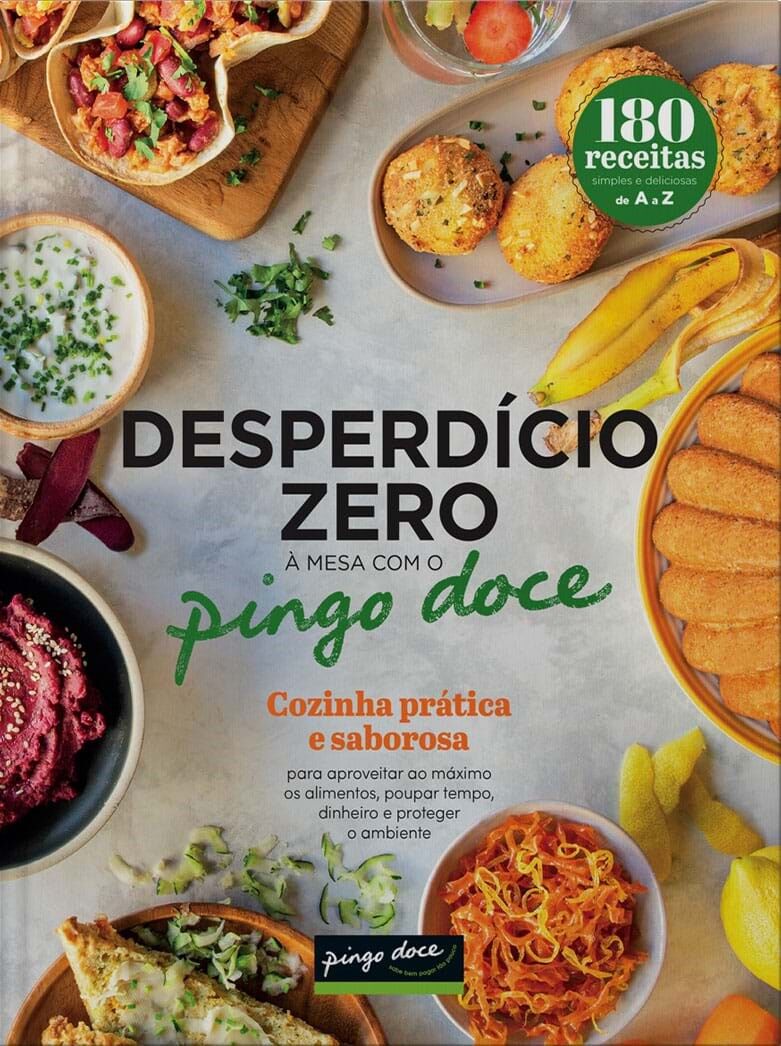September 29, International Day of Awareness of Food Loss and Waste. According to the National Institute of Statistics, 1.89 million tons of food was wasted in Portugal in 2020, with the majority of this value, around 1.2 million tons, thrown away by families, followed by recovery, trade and distribution.
These figures draw attention to the need to develop conscious and sustainable consumption habits.
With simple gestures you can change the paradigm: spend less and prepare tastier, safer and better food.
Don’t judge by appearance
Contrary to what many people think, you can reuse the peels, seeds, stems, parts that we often throw away. Likewise, unsightly or overripe fruits and vegetables can be safely consumed as long as they are cooked thoroughly.
As part of its commitment to halve food waste by 2030, Pingo Doce values “ugly vegetables” that, despite their unusual shapes, sizes and colors, have the same nutritional profile.
By purchasing these vegetables from growers, you avoid waste in the growing fields and turn them into ready-to-eat products such as soups, juices, apple flour, pre-washed vegetables or salads, etc.
At Pingo Doce, the fight against food waste is a priority while ensuring food quality and safety, namely in the selection, hygiene, handling and storage of food. At home, you can also contribute. Here are some tips you can take today to avoid food waste.
Discover many more tips and recipes in the book that ensure you reduce waste without compromising food safety or quality. Zero waste at the table with Pingo Doce, which you can find here!
Learn how to avoid waste while ensuring food quality and safety
Beyond meal planning and shopping lists, there are strategies to reduce waste without compromising the safety and quality of what you put on the table.
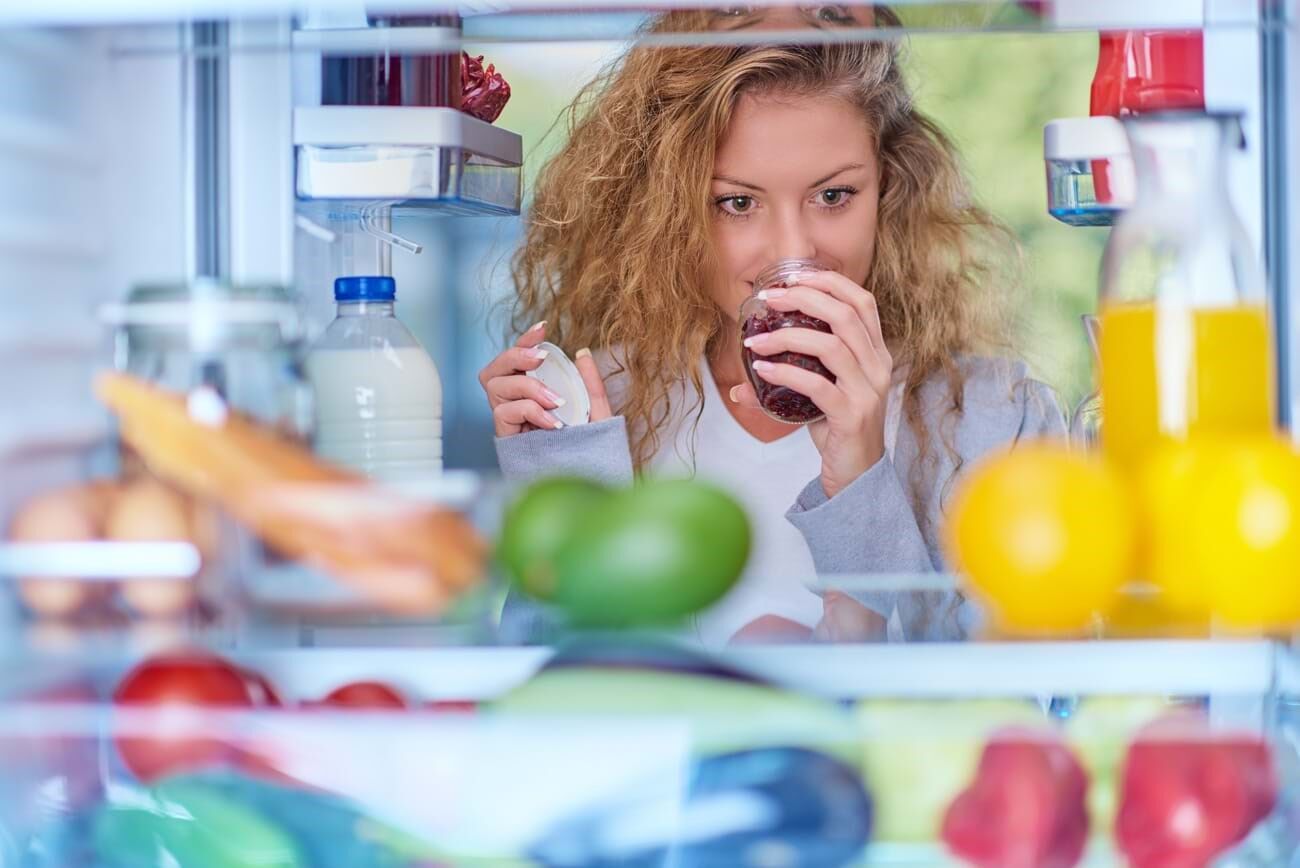
Use your feelings
Before use, inspect, smell and taste. Changes in color, texture or aroma may indicate spoilage. Try a small portion to judge the taste.
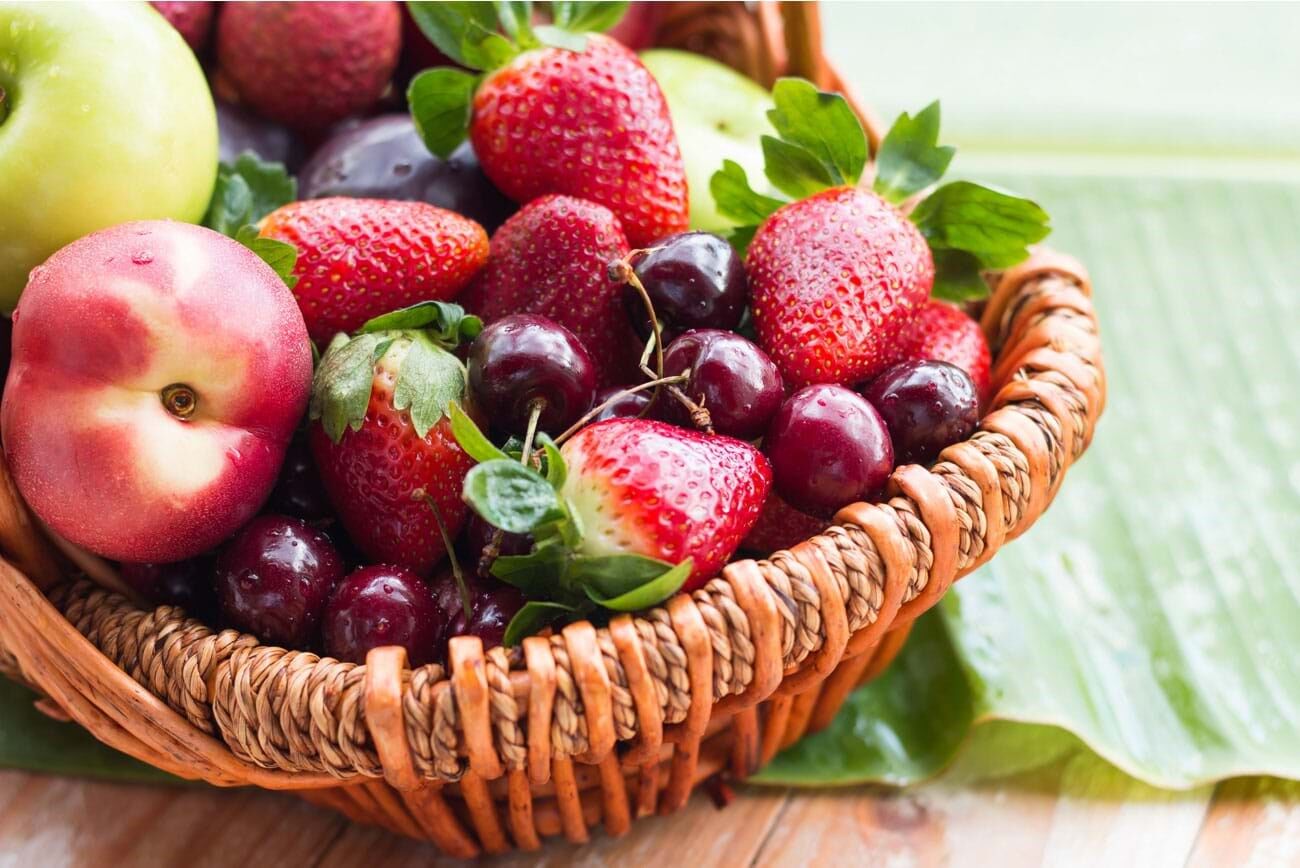
Get the most out of every fetal stage
Just because it’s too ripe doesn’t mean it shouldn’t be consumed. Turn it into smoothies, ice cream, sauces and purees. Try spreading banana spread on bread and toast, or using a very ripe avocado to make guacamole.
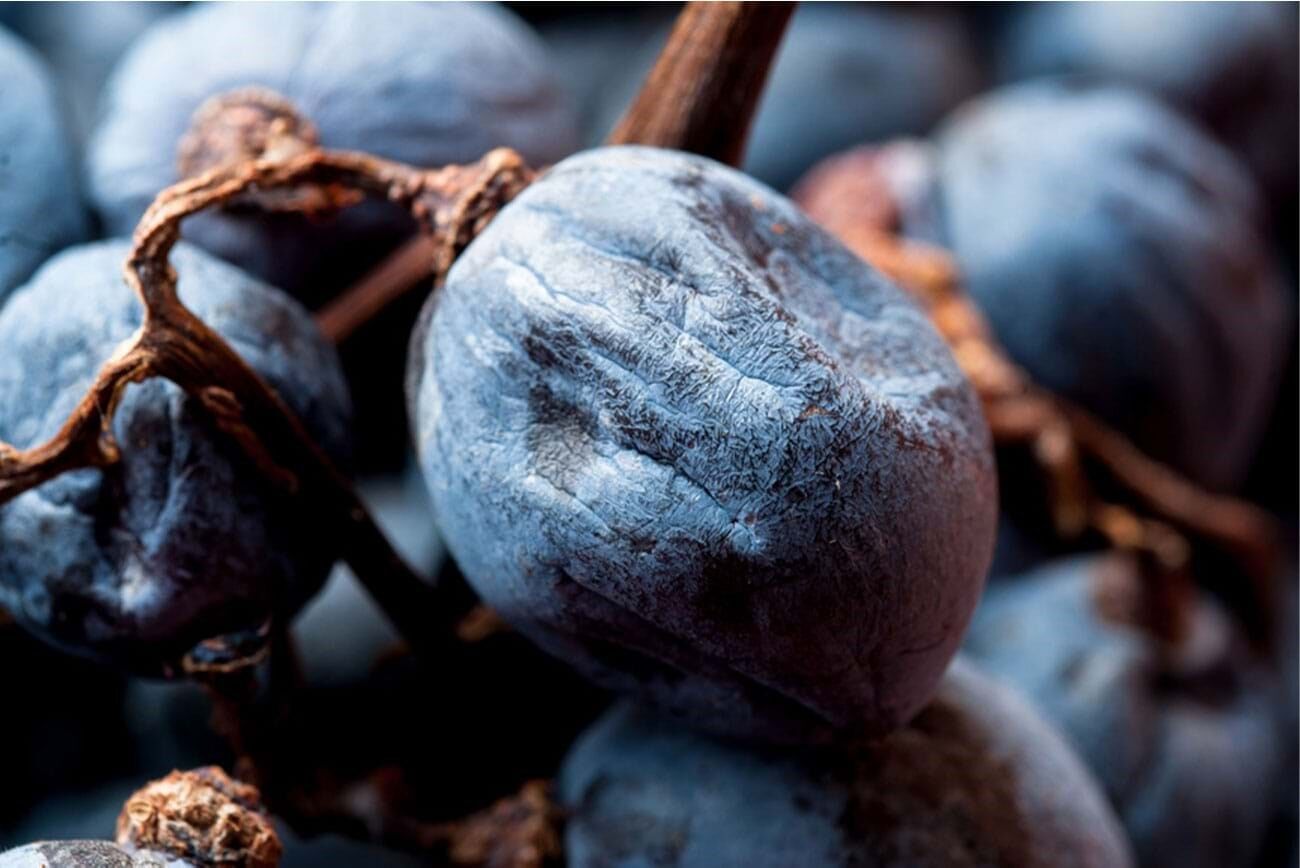
What about “dried” fruits?
You can make delicious grape jam from loose or softened seedless grape berries. Discard only if parts are rotten or moldy.
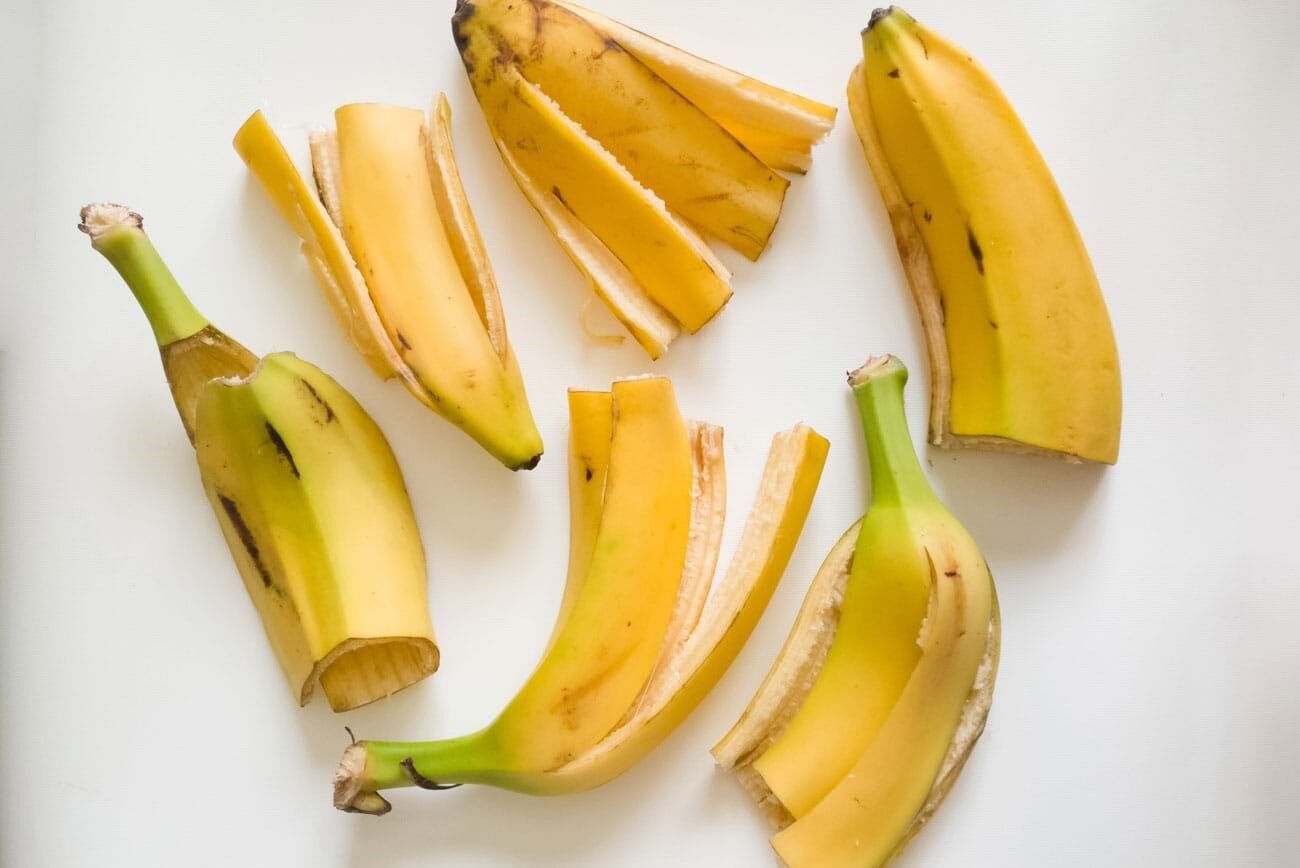
Shells of luxury, not trash
Wash fruit and vegetable peels thoroughly. From the peel you can make chips (potato, carrot, pumpkin, beetroot, apple or pear), jellies and jams (lemon, orange, apple, pear and quince). Use banana peels in smoothies, pancakes and cakes. Try flavoring water with the peels of various fruits and making tea from pineapple peels.
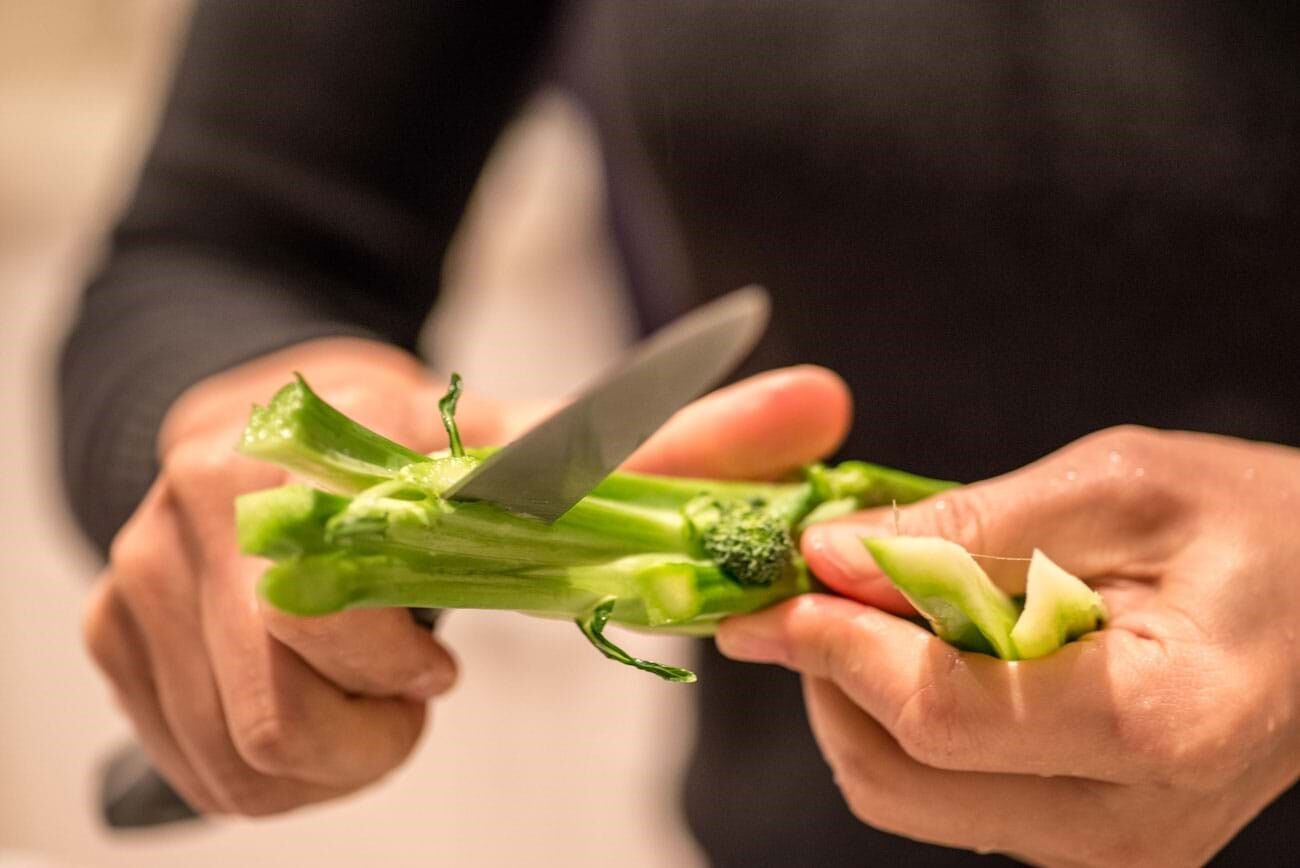
Valuable stems
Wash it well and make sure it is free of dirt and grime. Broccoli stems can be grilled, fried, or used in soups and vegetable broths. They can also be ground to make “rice”. For the cabbage stems, chop them up and cook them in the oven or in a frying pan. Sliced into sticks, stewed or plain, they make a great addition to sauces.
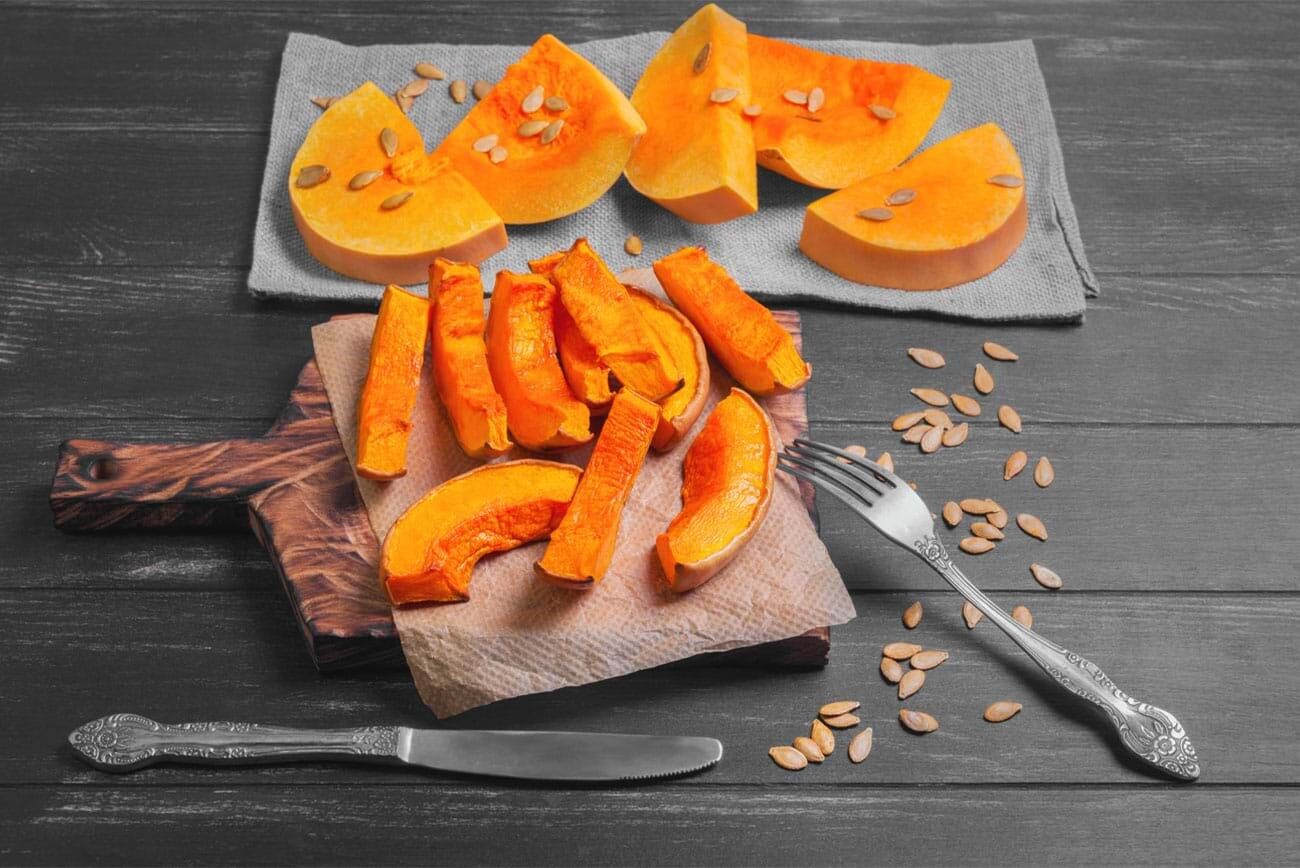
The “best” seeds and pits
Fruit and vegetable seeds (such as watermelon and pumpkin), when washed, dried and toasted, make good snacks and toppings for salads or granola. Yams can also be eaten. For example, avocados can be used in infusions or made into flour to add to drinks, yogurts and soups.
Source: CM Jornal
I’m Sandra Hansen, a news website Author and Reporter for 24 News Reporters. I have over 7 years of experience in the journalism field, with an extensive background in politics and political science. My passion is to tell stories that are important to people around the globe and to engage readers with compelling content.

